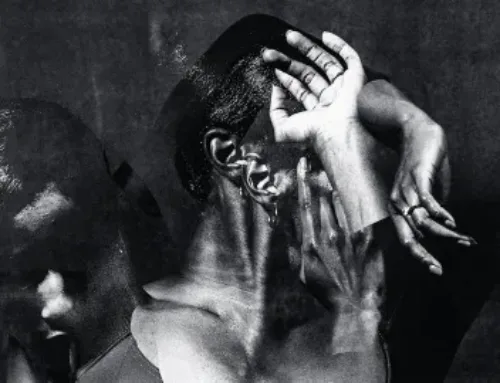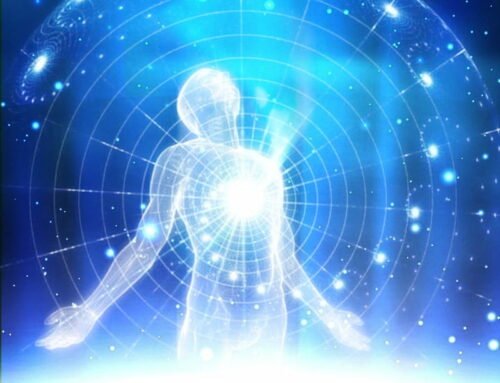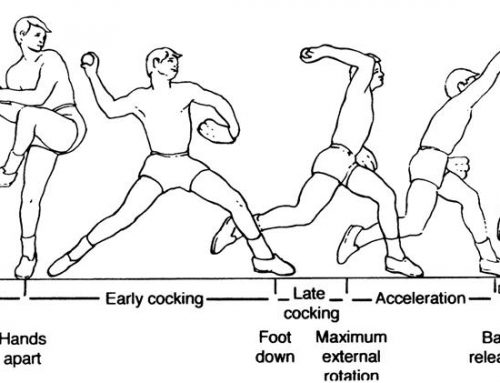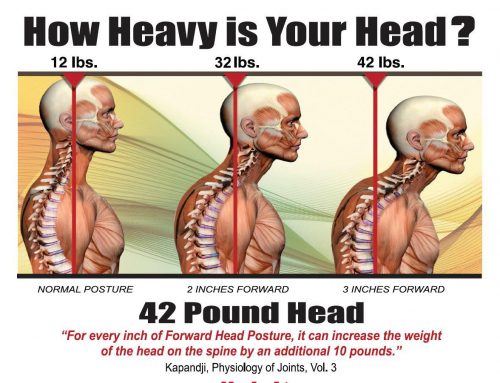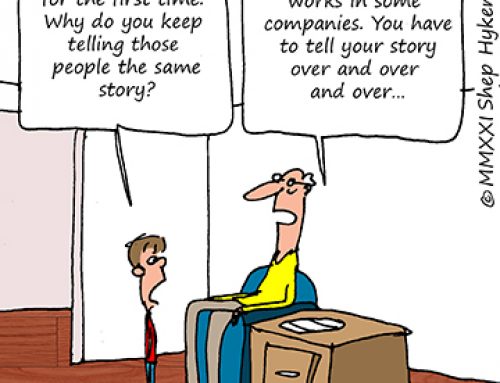From my dissection experience with Julian Baker it is very easy to feel and see that on some cadavers the psoas is more developed on one side of the body. It is can also be seen how this innervated and stimulated from surrounding organs and the respiratory system. I have heard the psoas being called ‘a muscle of perception and soul’ or ‘fight, flight and flee’. In some Buddhist traditions, the psoas is said to be the seat of the soul, storing trauma and emotionally charged tension and playing a key role in our fight or flight response. The two psoas muscles run down either side of the spine, across the pelvis and into the top, inner thighbones.
I feel this has come about because of its location at around T12. Joseph Pilates talks about the legs of the belly, I teach about the T12 connection to the floor rather than dropping the rib cage. The psoas muscle is part of the powerhouse that allows you to bend your hips and legs towards your chest, for example when climbing stairs or when advancing your leg forward while walking. It is the only muscle that connects our spine/torso to our legs.
There are many opinions, thoughts, models and theories . There is no right or wrong it’s how you relate and what you get out of what you are doing.
It could be said that your psoas in conjunction with the hip flexors:
Stabilize your trunk and spine during movement and sitting
Allow you to bend your hips and legs towards your chest
Support your internal organs
Are connected to your diaphragm which allows you to walk and breathe.
In other words, your psoas has a direct influence on your fight or flight response!
My professional football experience taught me that most footballers need to open the front chain of the body in order to release and get drive from hip extension. This is also true of many of my clients who are predominantly in flexion all day at desks and driving.
A lot of the Pilates repertoire is hip flexion. A good therapist and teacher will adapt to the person in front rather than giving a series or repertoire. If looking in isolation the psoas attaches to the diaphragm, 12th thoracic, lumbar vertebrae, and discs, travels through the pelvis to the femur, therefore is closely connected to the central nervous system (CNS) via the fascial system. With each breath, the psoas and the respiratory diaphragm work together to provide stability to the front of the spine during movement and sitting. This fascial connection of the psoas muscles, diaphragm and spine make it vital to your psychological well-being also.
“The area around the psoas is a hugely loaded area from many respects and the psoas fits in within a chain of other structures to do a job. The central location of this area being around the solar plexus suggests that it would be a central point for emotional responses based around the autonomic nervous system. This is an area that will need to have rapid response in the case of sympathetic nervous system responses, with the pancreas being involved in triggering hormones to release energy and for the digestive system to restrict blood supply and so forth. The psoas just happens to be there.” Julian Baker
So, when you tell me that you’ve been told that your psoas is the cause of:
- low back pain
- hip pain
- stiffness
- pain while walking or moving
- trouble sleeping
- shortness of breath
- poor posture
I understand where you are coming from, but we need to look bigger and deeper.
Should we be stretching, releasing, pandiculating or strengthening the hip flexors??
Well it depends on the person in front. We should be working the limbs in connection with the spine. Looking for fluidity, rhythm, release and restore. We also need to look at the Chinese meridians and their relation to posture, movement and human behaviour.
“Without assessing , you are guessing” – Paul Chek


